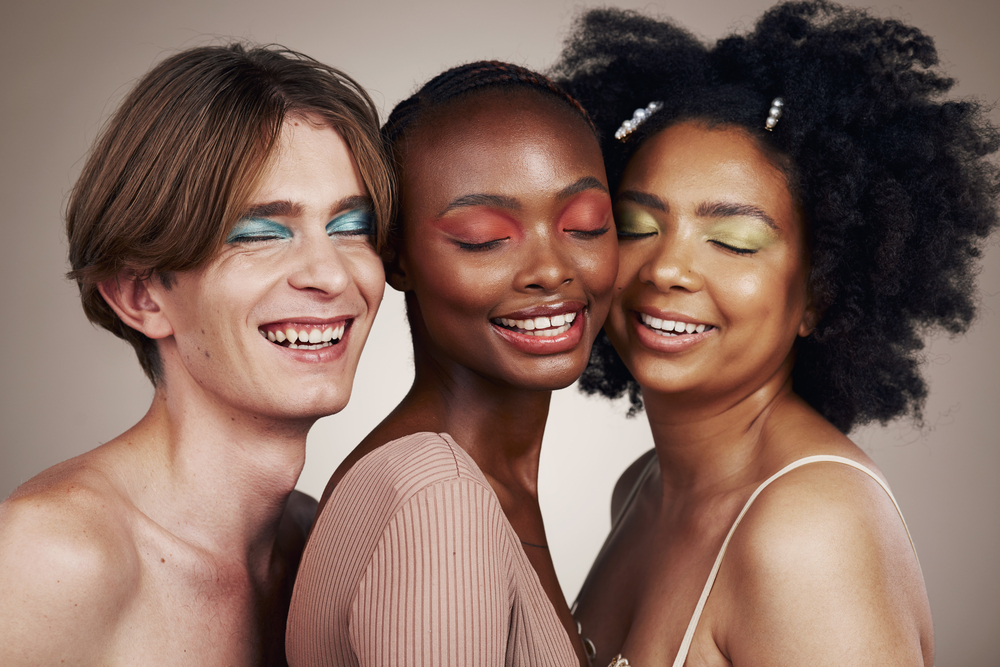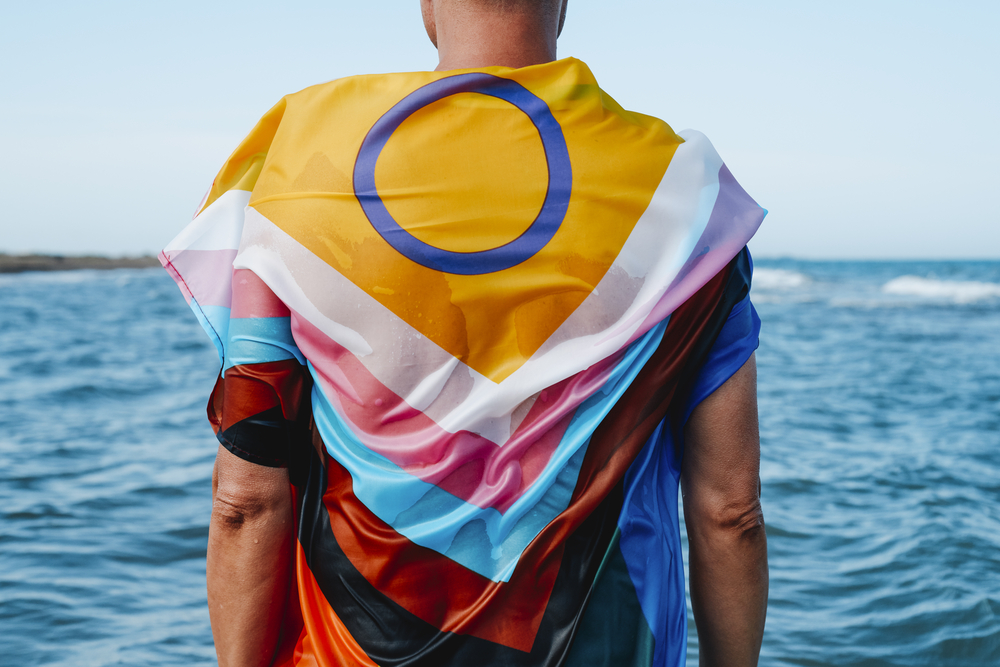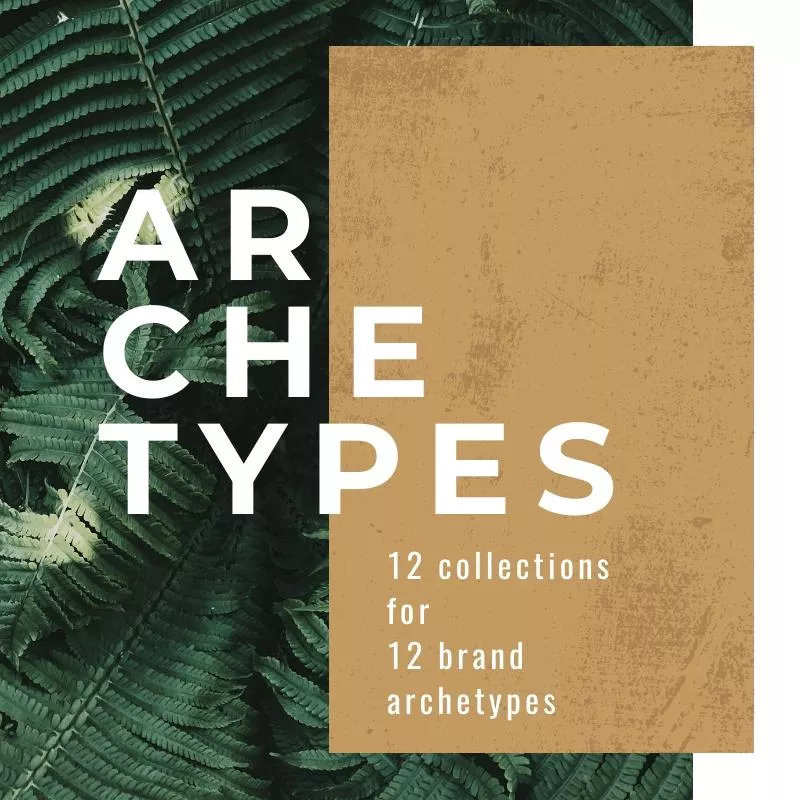Authentic Ways to Address Pride Month in Brand Communication + Thematic Collection
With Pride Month being a major June event, many brands are looking to connect with the queer community through dedicated campaigns during this time. Yet only some manage to do it authentically, as more than dressing up a website or social media with rainbows is needed to spread awareness and show genuine support.
If you want to address Pride Month, it’s essential to deeply understand the topic and take a thoughtful approach. That is where we will help you! Keep reading to learn more about Pride Month and find meaningful ways to communicate with LGBTQ+ audiences using images from our inclusive collection.
What is Pride Month
Pride Month is celebrated each June to honor the LGBTQ+ community’s history and achievements. On this occasion, mass events such as marches, parades, and festivals are held worldwide. Celebrations last throughout the month, culminating on June 28, the anniversary of the Stonewall Uprising. On this day in 1969, a police raid on the Stonewall Inn, a gay bar in New York City, ended in riots and sparked a series of protests by LGBTQ+ people. It’s considered the first time in history when the queer community resisted the legalized system of persecution of sexual and gender minorities.
The Stonewall Uprising was a landmark event that began a mass movement for LGBTQ+ rights in the USA and worldwide. According to historian David Carter, these riots had the same impact on the gay liberation movement as the Storming of the Bastille had on the French Revolution. The mentioned events sparked a rapid increase in LGBTQ+ groups and spread the pride movement throughout the United States and beyond. A year after the riots, the first pride marches were held in several American cities, and today, such celebrations take place worldwide, drawing more and more people.
LGBT vocabulary and symbols
You’ve probably come across different variations of the acronym for the queer community—from LGBT to LGBTQIA+. Let’s find out what’s behind these letters:
L: Lesbian
G: Gay
B: Bisexual
T: Transgender
Q: Queer or Questioning
I: Intersex
A: Asexual, Aromantic or Agender
“+”: other gender or sexual identities
There are many other forms of this abbreviation with a different order of letters or additional elements, such as P for pansexual or 2 for two-spirit. The choice often depends on the country or the specific community. Another common term that encompasses people who identify as gay, lesbian, bisexual, asexual, transgender, two-spirit, queer, and/or intersex is SGM—sexual and gender minorities.
Now, let’s take a look at the history and meaning of the most recognizable LGBT symbols—the pink triangle and the rainbow flag. The first symbol is related to the persecution of gays in Nazi Germany. The fact is, homosexual prisoners in concentration camps were required to wear the downward-pointing pink triangle on their clothing. This sign was chosen by LGBT organizations in Germany and the USA in the 1970s as a symbol of pride and remembrance.
The rainbow flag, also known as the Pride flag or Freedom flag, represents the diversity of the queer community and the spectrum of human sexuality and gender. The original version of the flag was created by artist Gilbert Baker and had eight color stripes, carrying a special meaning:
- Hot pink—sexuality
- Red—life
- Orange—healing
- Yellow—sunlight
- Green—nature
- Turquoise—magic
- Indigo—harmony
- Violet—spirit
Later, pink and turquoise were removed from the flag, and indigo was replaced with blue. In this form, the rainbow flag has become a well-known symbol of SGM groups, embracing diversity and the courage to be yourself.
Why it’s important to celebrate Pride Month
The size of the LGBTQ+ community in the United States alone is 13.9 million, which is 5,5% of the adult population. According to the Ipsos global survey conducted in 2023, almost every tenth adult in 30 countries in the Americas, Europe, and Asia identifies as LGBTQ. The study also showed that the visibility of the queer community has increased in recent years: now, almost half of adults say they have a relative, friend, or colleague who is gay or lesbian.
Despite the positive dynamics in the recognition and protection of sexual and gender minorities’ rights, especially in the West, LGBTQ+ people still often face discrimination and intolerance. Currently, 70 countries criminalize same-sex relationships, while a quarter of the global population believes that SGM should be prosecuted by law. Therefore, Pride Month is an opportunity to shed light on this injustice against queer people, to make them heard and accepted.
Best practices for Pride Month brand communication
1. Focus on authenticity and inclusivity
Authenticity should be the cornerstone of your Pride Month communication. It will only help you connect with your audience and improve loyalty if it’s transparent and sincere. Otherwise, there is a big risk of losing credibility and even being accused of rainbow-washing, i.e., publicly supporting LGBTQ+ people for the sake of profit or improving brand image.
Our top advice for brands is to be inclusive all year round. Visual communication is crucial to achieving this, as images play a key role in grabbing attention and spreading messages. Ensure the visuals you choose don’t promote sexual, gender, or other social stereotypes. A simple way to embrace inclusivity and diversity is to use imagery emphasizing the individual rather than the gender. Explore this trend in visual storytelling by checking out our exclusive collection celebrating genderless beauty.
2. Educate yourself and spread awareness
Effective communication is impossible without a solid understanding of the topic. Take the time to learn more about the history, struggle for rights, and achievements of the LGBTQ+ community. Explore what barriers and challenges queer groups face today. For instance, only half of lesbian, gay, and bisexual people feel that they can openly talk about their sexual orientation to everyone in their family, and more than a third of SGM employees hide their identity at work for fear of discrimination. These are just a few examples of how intolerant our society still is.
This is a list of some trusted online resources to help you better understand the subject:
- GLAAD
- ISNA
- LAMBDA Legal
- National LGBTQ Task Force
- ILGA-Europe
- It Gets Better
- OutRight Action International
With a comprehensive picture of what sexual and gender minorities are experiencing, you can create more relevant and meaningful campaigns. Share your findings with an audience through social media, blogs, YouTube, podcasts, or other brand communication channels. Even small steps and acknowledgments can make a big difference. Show that you really care and want to foster a more inclusive and equal society.
3. Collaborate with LGBTQ+ activists and organizations
Being knowledgeable about SGM topics doesn’t mean being an expert. If you are not queer and don’t know anyone who is, you may misunderstand or misinterpret specific issues related to these groups. It creates additional risks in brand communication, as you may unintentionally offend someone’s feelings. How do you prevent such situations? Consult with members of the LGBTQ+ community before launching a Pride Month campaign. Present your concept, copy, and visuals, and make adjustments as needed.
Another proven approach to ensure your communication will be appreciated by queer audiences is to collaborate with SGM activists or organizations. There is no better way to support sexual and gender minorities than to let them speak for themselves. Think about hiring a queer content creator or working with relevant organizations to spread awareness. Their involvement ensures that your messages are clear and accurate. At the same time, you’re providing them with additional channels to spread the word about the LGBTQ+ community.
4. Use inclusive language
In addition to inclusive visual content, it’s crucial to pay special attention to how you speak to SGM people. Your communication language should also be inclusive. First of all, this applies to positive word choices that acknowledge diversity, including sexual orientation and gender. Words such as “boys and girls” or “ladies and gentlemen” can make people from the LGBTQ+ community feel excluded. You can replace these labels with more inclusive words like “friends” or “people,” focusing on individuals, not their gender.
One more thing to consider is the use of gender pronouns. While nonbinary people may use the words “he” or “she” to refer to themselves, the most common non-gendered pronouns are they/them/their, used in the singular. It’s best to choose third-person pronouns when someone’s identity is unknown. To ensure you sound respectful and relatable, stick to inclusive language in all your communications, not just for Pride Month campaigns.
5. Share inspirational stories
Pride Month is a big occasion to recognize LGBTQ+ icons and people who greatly impacted the SGM movement. From gay liberation activists Marsha P. Johnson, Sylvia Rivera, and Stormy DeLarvere, known as some of the inspirations behind the monumental Stonewall Uprising, to celebrities like Freddie Mercury, Elton John, Ellen DeGeneres, and Laverne Cox—their stories encourage millions of people to be their authentic selves.
If you have SGM employees who are open about their sexual or gender orientation, ask if they are willing to share their experiences. It’s a great way to show the human face of your brand and your commitment to diversity and inclusion. You can also reach out to LGBTQ+ people in your audience and invite them to tell their stories. It will contribute to meaningful connections and help build a loyal brand community.
To sum up
The messages that brands convey in their communication have much more power than one might imagine. With multiple marketing channels and large audiences, they can promote ideas that contribute to building an equal and tolerant society. You can join in by raising the visibility of the LGBTQ+ community. Follow our tips to launch a meaningful Pride Month campaign: keep it authentic, choose inclusive imagery and language, and celebrate unity and shared values.
Other articles you might find interesting
Evoking Emotions: 7 Tips for Choosing Visuals That Resonate
Building a Purpose-Driven Brand: Top Strategies and Insights
Collaborations with Artists for Brands: How it Works & Practical Examples














